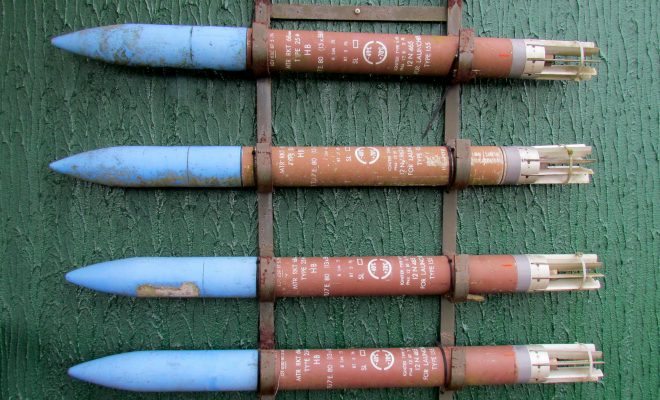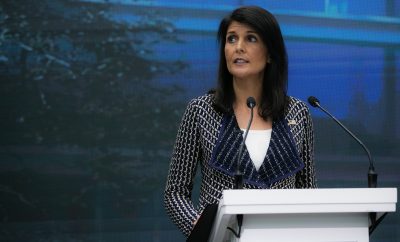 "Missiles" courtesy of [Ozzy Delaney via Flickr]
"Missiles" courtesy of [Ozzy Delaney via Flickr]
World
North Korea Amps Up Missile Testing with Two Launches Over Two Hours
A few minutes past six o’clock on Wednesday evening, halfway across the Sea of Japan, a missile launched from North Korea toward Japan plummeted from the sky into the water below. The intermediate-range ballistic missile was the fifth such test launch by North Korea since April. In fact, Wednesday saw two test launches within roughly two hours of each other. The first disintegrated mid-air 95 miles off the coast of Wonsan, an eastern port city in North Korea, and the second traveled 250 miles east toward Japan and reached an altitude of 620 miles.
From its nuclear tests and more recently, its missile launches, Pyongyang continues to disregard U.N. imposed mandates and sanctions aimed to stifle its nuclear program. The second launch, according to Japan’s Defense Minister, indicated progress and said, “the threat to Japan is intensifying.” It is unclear what Kim Jong Un, supreme leader of the Democratic People’s Republic of Korea, aims to accomplish with the repeated and often poorly concealed missile tests–perhaps leverage with China and the international community, perhaps actual destruction.
Jeffrey Lewis, a nonproliferation expert with the Middlebury Institute of International Studies told Reuters the “failed” missile launches are hardly failures, and “worked perfectly”: “Had [the second launch] been fired at its normal angle, it would have flown to its full range,” he said. “If North Korea continues testing, eventually its missileers will use the same technology in a missile that can threaten the United States.”
In an interview with Law Street, Lewis compared North Korea’s missile tests to students who might not achieve perfect scores, “but that doesn’t mean they aren’t learning.” He said because of the Korean Peninsula’s location and size, North Korea launches its missiles at more vertical trajectories because it is hard for them “to get a clean shot without flying over somebody,” like Japan. Lewis sees the tests–which have drastically amped up under the current rule–as part political maneuvering, and part technical experiment.
At present, North Korea’s missile cache is believed to contain 30 Musudan missiles–engineered by North Korea, modeled after the Soviet-era Scud–which can travel over 1,800 miles, far enough to affect Japan, South Korea, and Guam, a U.S. territory. NATO, South Korea, and Japan all condemned Wednesday’s ballistic missile launches. NATO Secretary-General Jens Stoltenberg said the “provocative actions” could “undermine international security and dialogue.”
South Korean President Park Geun-hye said Kim Jong Un “must realize that complete isolation and self-destruction await at the end of reckless provocation.” North Korea and its souther, democratic neighbor are still technically at war. The Korean War–which stretched from 1950-53–ended in an armistice, not a peace treaty, which means the conflict is frozen, locked in a temporary truce, not a permanent peace.








Comments